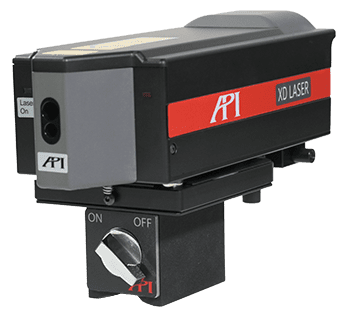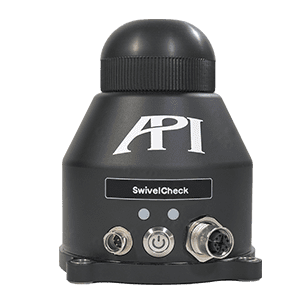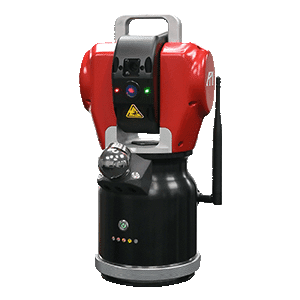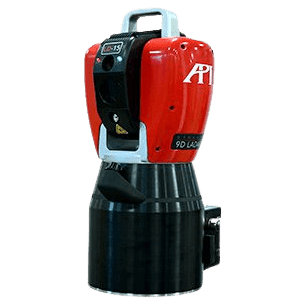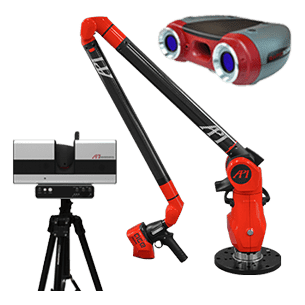A laser tracker is a powerful tool in the metrologist’s arsenal, but only if it’s used correctly.
This white paper serves as a guide for avoiding three of the most common mistakes associated with operating laser trackers.
Whether it’s a matter of needing additional training, eliminating environmental sources of error, or choosing the right technology, this guide can help you get the most from your laser tracker.
COMMON MISTAKE #1: INSUFFICIENT TRAINING
Get training. It’s that simple. Laser trackers are simple to use, but they can be difficult to master. If small details are overlooked, your data will suffer accordingly. Proper training from professionals can make all the difference in your application. API offers training programs conducted by experienced technicians that will help you get the most out of your laser tracker.
COMMON MISTAKE #2: ENVIRONMENTAL ERRORS
Environmental conditions can affect data obtained. Even in fluctuating conditions, laser trackers are the most accurate instruments in gathering precise measurements, but the tracker needs to be accurately calibrated for these conditions.
Sources of Environmental Errors:
- Excess Vibration
- Barometric Pressure Changes
- Mounting Instability
- Differences in Relative Humidity
Tips for Avoiding Environmental Errors
- Mount the tracking unit on a stable tripod or tracker stand
- Power up the tracker in the environment and allow it to reach thermal stability (if the tracker is stored in a different temperature than the work area) before measuring
- Shield the tracker from external heat sources, such as the sun, when it’s in operation
- Inspect the SMR or target regularly for metal filings or other debris that could cause interference
- If the environment is particularly dirty, place a dust cover over the tracker when it’s not in use, or store it in the foam case.
COMMON MISTAKE #3: CHOOSING IFM OVER ADM
Interferometers vs. Absolute Distance Meters
Interferometer (IFM): Splits Laser into Two Beams
- One beam travels directly to the interferometer while the other travels to the target first
- The two beams interfere with each other inside the interferometer
- A cyclic change equal to 1⁄4 the laser’s wavelength occurs each time the target changes its distance from the tracker
Absolute Distance Meter (ADM): Uses Infrared Light from a Semiconductor Laser
- The infrared laser bounces off the target and re-enters the tracker
- The light is converted into an electrical signal for time-of-flight
INTERESTED IN OUR METROLOGY PRODUCTS OR SERVICES? CONTACT US HERE.




